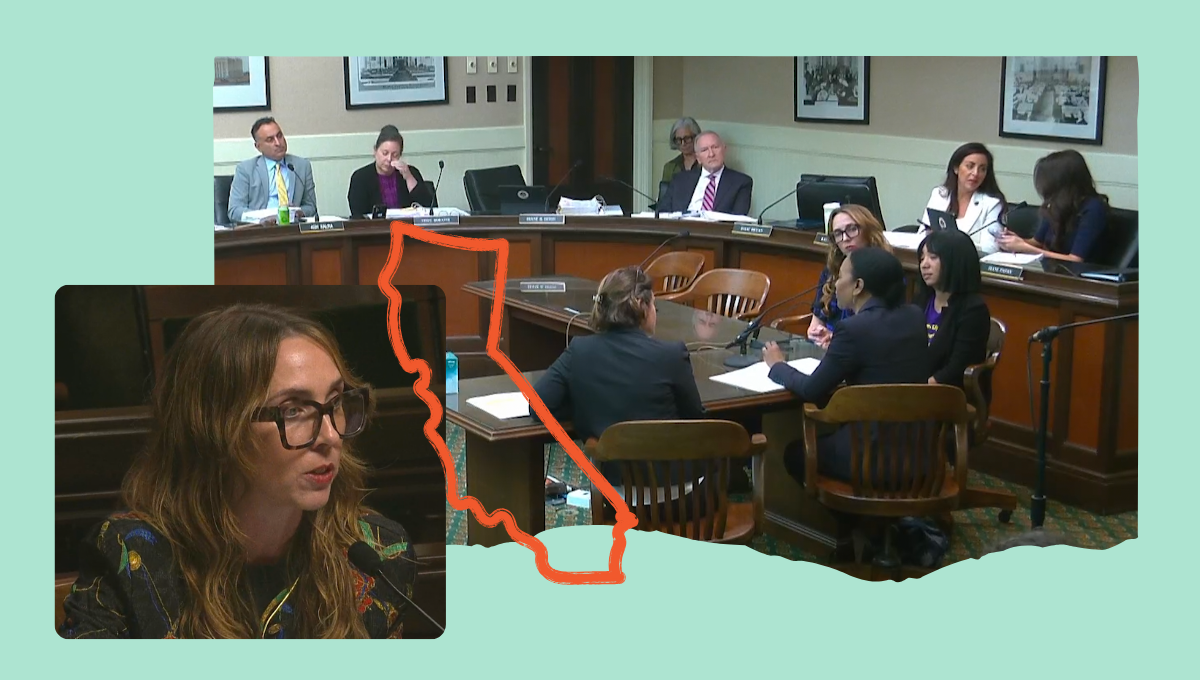Announcing the Contract Worker Disparity Project

Despite worldwide pandemic-driven economic calamity over the past year, the tech industry has continued to boom. But the wide perception that tech workers prospered during shelter-in-place isn’t a fully accurate depiction. The reality is that a large proportion of these workers—the temps, vendors and contractors (or TVCs) who are classified differently from their full-time counterparts despite performing critical roles for the companies—have been locked out of the gains that come from working in the industry.
The pace and scale of TVC employment has grown steadily over the past several years, outpacing direct employment at major companies like Google which now employs 130,000 contract workers and 123,000 direct employees. We know anecdotally that these TVC workers are less likely to have access to traditional pathways into the tech industry and are more likely to come from under-represented ethnic and gender groups than their full-time counterparts.
The practice of utilizing TVCs shifts the accountability of an employer to a third-party staffing or contracting agency. The agency hires the workers, sets the wage rates, determines the benefit package, and is responsible for day-to-day supervision. They also hold responsibility for things like preventing sexual harrassment and discrimination, and for job safety, worker compensation and paid sick leave—absolving the tech companies who contract with the staffing agencies of very little oversight. Contracting out is not a new idea, but in the tech industry it has become a heavily relied-upon strategy for keeping costs down and stock prices high. And even though contracting is not a practice that originated with tech companies, they have been the leaders in expanding and normalizing it.
The result is that many workers accept a job performing tech company duties for a third-party employer where they are paid significantly lower wages, have few benefits, no job security, and little to no control over their working conditions. Many workers accept this arrangement, despite the drawbacks, because it is seen as an “in” at a prestigious tech company and a pathway to a more lucrative career. The reality is that within tech companies, TVCs are seen as a commodity—a way to avoid increasing budgetary headcount while simultaneously ramping up capacity—and the workers are treated as such. As the economy rebounds from the pandemic recession we expect to see even more reliance on the TVC model, and its associated power imbalance, as displaced workers desperately seek to gain a foothold in the recovery. It’s time to reveal this power imbalance and explore potential solutions for closing the gap.
Shedding Daylight on Worker Disparities
We are launching the Contract Worker Disparity Project to shine light on the growing problem of inequality inside of tech workplaces, specifically with contract workers. Usually when attention is paid to contract workers in tech, it focuses on the workers at the margins of the tech workforce—the service workers who have been organizing for (and winning!) responsible contracting standards and union representation. Our project takes a deeper look at the workers who are stuck a rung or two above low-wage service workers and are trying to establish and maintain middle-class stability, often for the first time. These are workers who perform critical roles—from operations, data analysis, and logistics to content moderation and event planning—workers like Jackie*.
Life as a TVC
Jackie* was thrilled to accept a position as a content moderator for a tech company. Despite having an advanced degree, she struggled to find full-time employment with a tech company and didn’t have access to any of the on-ramps that might afford her that position. In her time as one of the growing number of TVCs at tech companies, it became clear that the contracting company—and to a greater extent, the contract workers—held little power in the relationship with the tech company. Despite performing a similar job function to full-time employees at the company, Jackie was paid less than half of what her full-time counterparts would be making, according to Glassdoor.
Jackie wasn’t informed if she would be able to spend Christmas with her family until 24 hours before. To add insult to injury, the decision about which TVCs get to take a holiday off (the 24-hour rule applied to all tech company-paid holidays) was made by FTEs who enjoy guaranteed paid time off, including all major holidays. When Jackie needed to take time off or had a concern about the project she was working on, she was prohibited from talking to the project manager for the tech company. Instead, Jackie reached out to her supervisor at the staffing agency who had limited knowledge of the project and little control over the pace, speed, or size of Jackie’s workload.
The workload also seemed impossibly challenging. Jackie noted that her contract company was willing to meet any quota the tech company demanded, out of fear of losing its contract, and required her to review several hundred cases per day. If Jackie and her colleagues couldn’t keep up, they were replaced by others who had bought into the allure of a potential on-ramp to a cushy job in the tech industry. Many who see staffing agencies as pathways to careers in the tech industry have struggled to access the traditional on-ramps, networks, or educational backgrounds that would give them entry into the tech world. They are willing to forego a level of protection and compensation if it means they’re able to list brand-name tech experience on their resumes. Unfortunately, many find out too late that they aren’t allowed to publicly state which tech firm benefitted from their labor, and must list their staffing agency or contracting company on LinkedIn profiles and resumes.
Jackie’s experiences are emblematic of a growing phenomenon inside the 21st-century workforce: roles traditionally fulfilled by direct employees, like IT, recruiting, event operations, and other administrative and operational functions, are contracted out. This practice results in tangible disparities in the wages, benefits, working conditions, and opportunities for advancement that direct employees enjoy. In 2019, KQED reported over a thousand staffing agencies in the Silicon Valley area are currently servicing a number of tech companies. The problem is big enough that recent organizing efforts, like the formation of Alphabet Workers Union, have been structured explicitly to include contract workers who do not have the power to change their wages, benefits, or working conditions directly with the tech company.
Our Plan
In the coming months, we will shed light on the TVC ecosystem, highlighting the ways in which it perpetuates inequality within the tech workforce. Ultimately, we will develop a set of best practices for companies to implement to ensure their TVCs are protected and provided with real pathways to better careers. To complement this work, we will also articulate and advocate for a public policy agenda that will encode protections across the labor force for this growing set of workers. Centering the experiences of TVCs, our research will interrogate a series of questions around TVC employment, including:
- Which contractors are getting promoted and/or receiving stable contract work? Which contracts receive full-time employment at the end of a contract?
- Are contract workers more likely to be members of underrepresented groups than their FTE counterparts?
- What are the major disparities in pay and benefits even when performing comparable roles with their colleagues at tech companies?
- Do contract workers feel reluctance to advocate for themselves and/or to report workplace safety and abuse issues because of the precariousness of their role?
As we move forward, we’ll release research highlights and develop a set of solutions to close the disparity gap amongst contract workers.
We will also work closely with our tech company partners to gain buy-in for and implement our best practices. We understand that many companies simply don’t understand the ramifications of their practices; we hope that through partnership and awareness-raising, they will come to see the value of supporting all of their workers, whether they can list their company’s name on their resume or not.
Ultimately, as a community for tech workers, our goal is to create a more equitable tech workforce, remove artificial disparities between workers, and advance structural changes to ensure that everyone can benefit from the economic growth that the tech industry is creating. With your help, the Contract Worker Disparity Project can be a critical step to achieving that goal.
Are you a contract worker? A tech employee who works with contracted workers? Have a story to tell? Let us know. We’ll be collecting stories, interviewing workers, sending out surveys, and publishing papers to bring awareness to this issue. Share your story and join us!
*Jackie’s name has been changed for her privacy.





